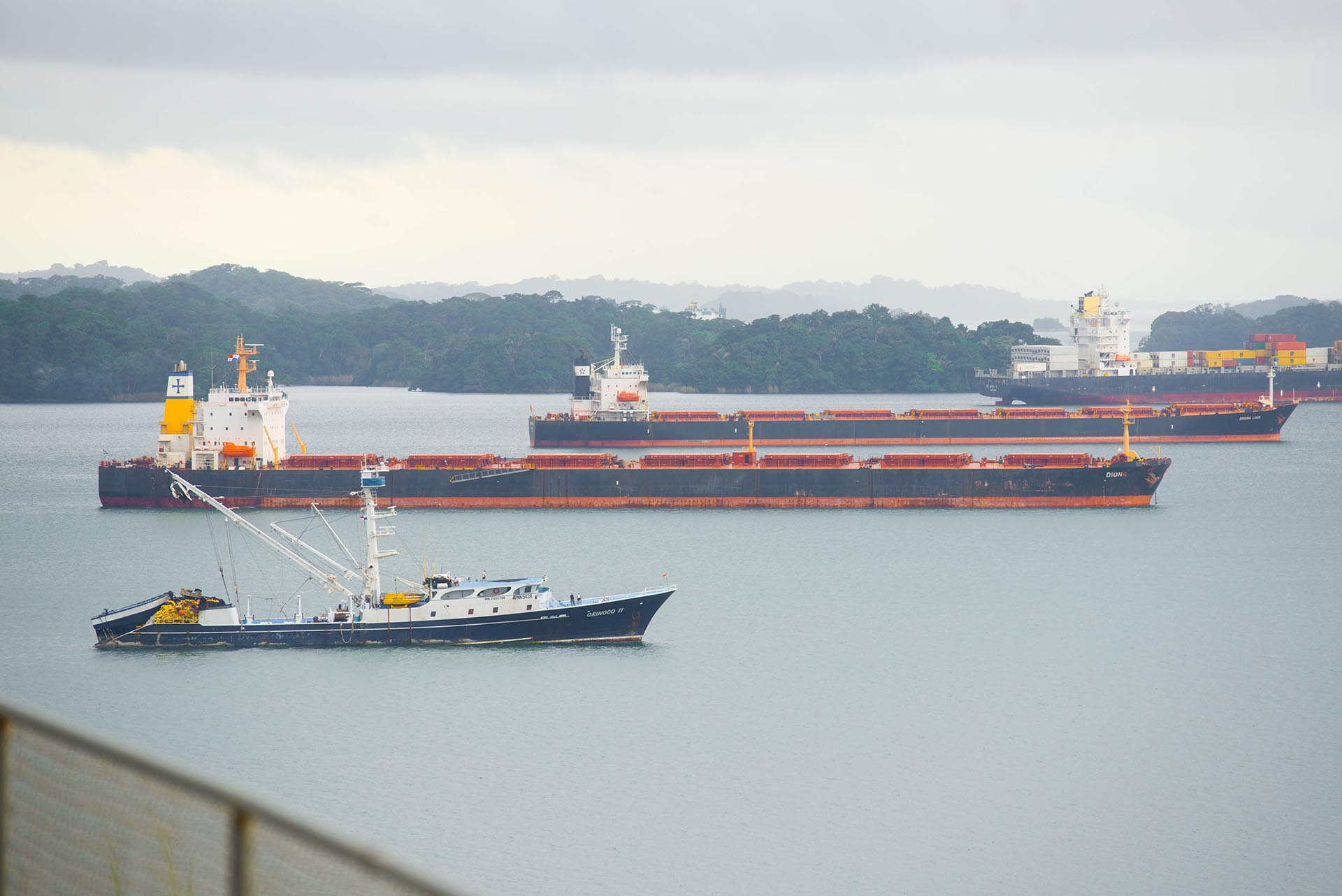
(Photo: Iowa Soybean Association / File Photo)
Tariffs on Chinese ships raise stakes for ocean freight
May 1, 2025 | Bethany Baratta
The United States exports more than 50% of the soybeans raised here. So, any impact on transportation logistics likely has an impact on the U.S. farmers who plant, raise and harvest the legume.
The soybean industry is monitoring recently announced proposed tariff actions on vessels that are Chinese flagged, operated or built in China.
Background
Five national labor unions filed a petition on March 12, 2024, requesting an investigation into the acts, policies, and practices of China targeting the maritime, logistics, and shipbuilding sectors for dominance, according to the U.S. Trade Representative’s office (USTR).
On April 17, 2024, the U.S. Trade Representative’s Office (USTR) began its investigation. USTR determined in Jan. 2025 that China’s efforts “burden or restrict” U.S. commerce and were therefore “actionable” under Title III of the Trade Act of 1974, often referred to as Section 301.
While U.S. industry only represents 2.9% of world fleet ownership by capacity and 0.1% of global shipbuilding tonnage, USTR can use Section 301 to address the effects of China’s policies and practices on U.S. industry because of Congress' actions in 1979, according to a Congress document. Congress amended Title III of the Trade Act of 1974 to address its concerns about the decline of the U.S. shipbuilding industry.
Section 301 grants the USTR a range of authorities to investigate foreign trade actions, policies, and practices and impose trade sanctions on foreign countries found to violate U.S. trade agreements or engage in acts that are “unjustifiable,” “unreasonable,” or “discriminatory,” and burden or restrict U.S. commerce.
Proposed remedies
In February 2025, USTR proposed remedies that would require U.S. export to utilize a merchant maritime fleet consisting of at last 5% U.S.-built vessels and 15% U.S.-flagged vessels after seven years. This proposal would have also levied port fees of up to $1.5 million for vessels that are Chinese flagged, operated or built in China.
Soybean industry responds
In March, Indiana soybean farmer and American Soybean Association (ASA) director Mike Koehne testified before the United States Trade Representative on the office’s Section 301 investigation. Koehne is also the chairman of the Soy Transportation Coalition and on the U.S. Soybean Export Council board. ASA was the only agriculture commodity group represented in which testimony specifically addressed concerns about the direct impacts of the proposal on U.S. agriculture.
“Since over 50 percent of our U.S. soy is exported, low export prices would have a direct impact on soybean prices paid to us at the farm, directly impacting our farm income,” said Koehne, a first-generation farmer. “One company in our area estimates the impact of $0.68 per bushel of soybeans, which is a 7 percent decrease in price. The current state of the farm economy is very serious right now, which is why the potential impact of the proposal are causing so much anxiety in the farming community.”
Phased-in approach
After the year-long investigation, formal hearing and receiving nearly 600 public comments, USTR announced the phased-in remedies on April 17. It includes two phases:
1. Phase One (implementation begins October 2025):
- USTR will assess fees of $50 per net ton on vessels that are Chinese-owned and operated based on net tonnage per U.S. voyage. The fees will increase by $30 per net ton each year over a three-year period.
- USTR will assess fees of $18 per net ton on Chinese-built ships that are operated by companies outside of China based on net tonnage. The fees will increase by $5 per net ton each year over a three-year period.
- To incentivize U.S.-built car carrier vessels, fees will be imposed on all foreign-built car carrier vessels based on capacity.
*Note: Fees only generally apply to Chinese vessel operators and Chinese-built ships.
2. Phase Two deals with the transportation of liquified natural gas (LNG) and will not go into effect for three years to incentivize U.S.-built LNG vessels.
In response to industry feedback, USTR announced that these actions have targeted coverage, according to ASA. The fees on Chinese vessels will not apply to smaller vessels (vessels with capacity equal or less than: 4,000 TEU container vessels, 55,000 deadweight tons, or vessels with individual bulk capacity of 80,000 deadweight tons) and short-sea shipping (routes less than 2,000 nautical miles from a foreign port).
A public hearing is scheduled for May 19, 2025, on the proposed tariff actions.
Back